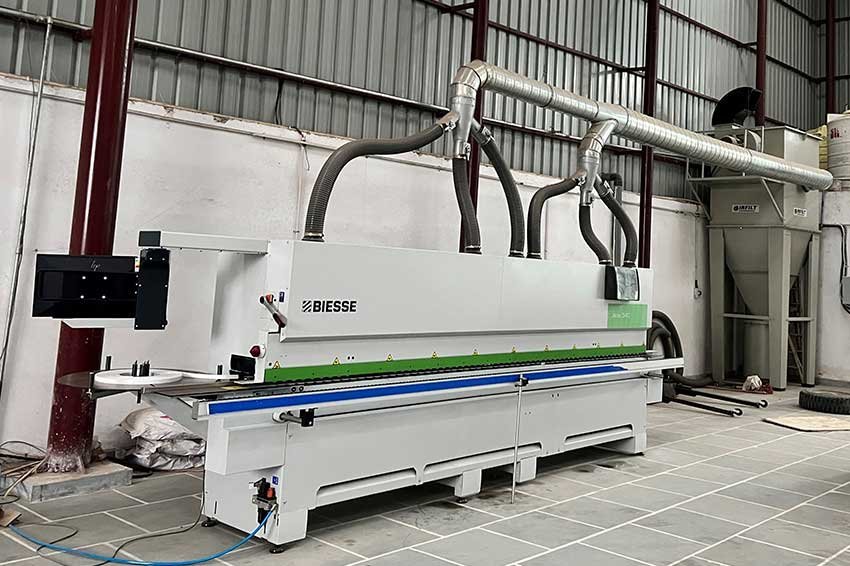Understanding the Importance of Dust Collectors in the Furniture Industry
The furniture manufacturing industry, known for its extensive use of wood and other fibrous materials, generates a significant amount of dust during the production process. Managing this dust is not only crucial for maintaining a clean and efficient production environment but also for ensuring the health and safety of workers. This is where dust collectors come into play, serving as an essential component in the furniture manufacturing process.
What is a Dust Collector?
A dust collector is a system designed to enhance the quality of air released from industrial and commercial processes by collecting dust and other impurities from air or gas. Designed to handle high-volume dust loads, a dust collector system consists of a blower, dust filter, a filter-cleaning system, and a dust receptacle or dust removal system.
Types of Dust Collectors Used in Furniture Manufacturing
- Baghouse Collectors: Also known as fabric filters, these devices use multiple long, cylindrical bags made of woven or felted fabric as a filter medium.
- Cyclone Collectors: These use a centrifugal force generated by a spinning gas or air stream to separate the dust from the air.
- Electrostatic Precipitators: These collectors charge dust particles electrically before capturing them on charged plates.
Benefits of Using Dust Collectors in Furniture Manufacturing
- Health and Safety: Reduces the risk of respiratory issues among workers by effectively managing wood dust and other particulates.
- Compliance: Helps furniture manufacturing facilities comply with health and safety regulations regarding airborne particulates.
- Enhanced Product Quality: Keeps the production environment clean, which can lead to a higher quality finish on furniture.
- Efficiency: Reduces machine downtime caused by excessive dust buildup.
Challenges in Dust Collection
While dust collectors are vital, they come with their own set of challenges. These include the initial cost of setup, the need for regular maintenance of filters, and the handling of collected waste. Moreover, the selection of an inappropriate dust collector can lead to inadequate dust removal, thereby failing to solve the problem it was meant to address.
Real-World Application: Rohhit Enterprises
Rohhit Enterprises, a notable player in the furniture manufacturing industry, has effectively integrated dust collectors into their production lines. By doing so, they have not only improved their operational efficiency but also enhanced worker safety. Their commitment to using advanced dust collection technology exemplifies their dedication to quality and compliance with industry standards.
Frequently Asked Questions (FAQs)
- What materials are dust collectors capable of handling?
Dust collectors are versatile and can handle various materials including wood, plastic, and metal particulates.
- How often do dust collector filters need to be replaced?
The frequency of filter replacement varies depending on the volume of dust generated and the type of collector used. Regular inspections are recommended.
- Can dust collectors be customized for specific furniture manufacturing needs?
Yes, many manufacturers offer customizable dust collector systems to suit specific production line requirements.
- Are there any environmental benefits to using dust collectors?
Yes, dust collectors help in reducing the emission of particulates into the atmosphere, thus contributing to environmental protection.
- What is the impact of dust collectors on production efficiency?
By maintaining a cleaner environment, dust collectors reduce equipment maintenance needs and downtime, thereby enhancing production efficiency.
****


